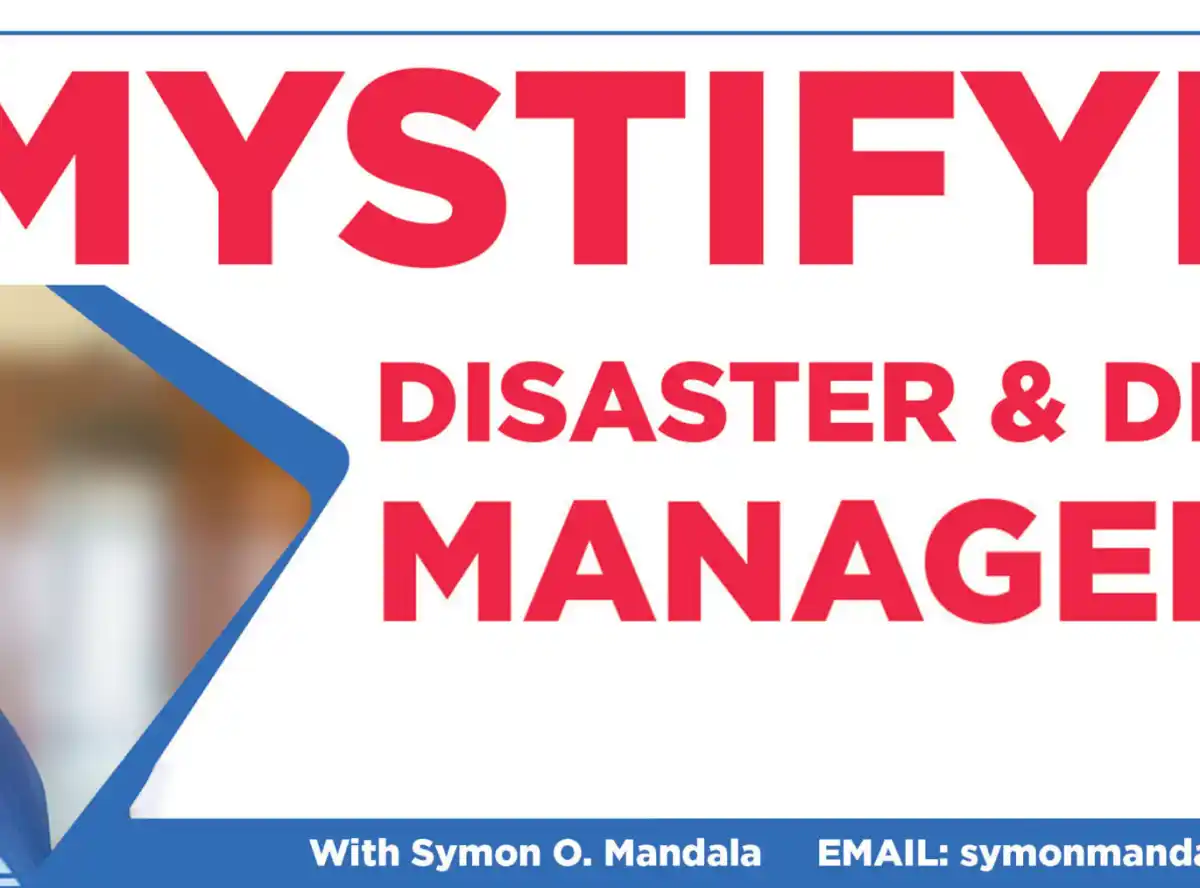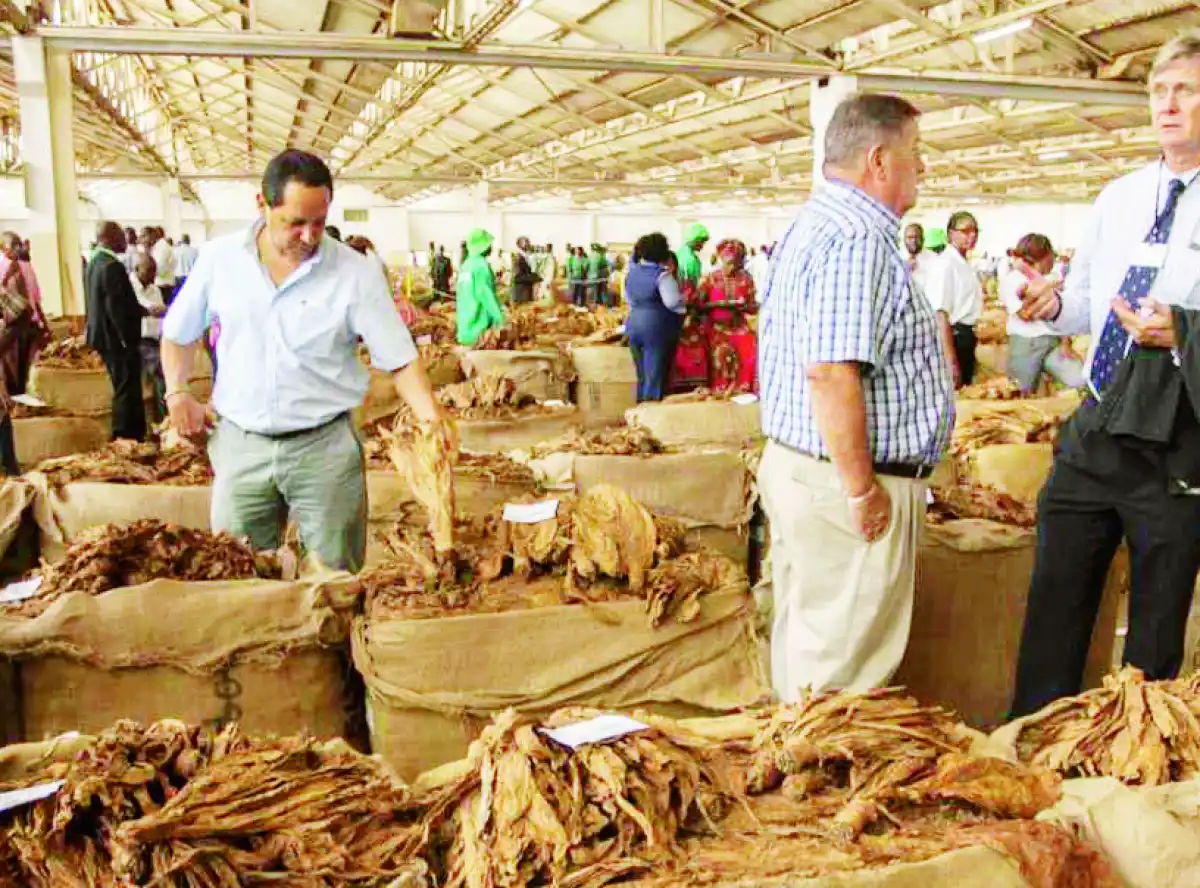
By Symon O. Mandala
International Day for Disaster Risk Reduction (IDDRR) is observed on October 13 with the primary goal of promoting a culture of disaster risk reduction worldwide.
The day was established by the United Nations in 1989 following a recommendation of the World Conference on Natural Disaster Reduction in Yokohama, Japan.
This day emphasises the need for proactive measures in disaster preparedness and resilience. Over the years, IDDRR has evolved into a global platform for governments, organisations and communities to reflect on their efforts in disaster risk reduction and to strategise for a safer, more resilient world.
By emphasising the importance of disaster risk reduction, the day seeks to highlight how risk can be reduced through appropriate planning, technology and preparedness.
It further, encourages governments, policymakers and citizens to take action, collaborate and create a future where people are less susceptible to the impacts of natural and man-made disasters.
The observance of IDDRR is rooted in the understanding that disasters disproportionately affect the most vulnerable populations.
These are populations that often live in areas prone to risk and lack the resources or infrastructure to withstand disaster impacts.
Therefore, the focus of IDDRR is not only on immediate response and recovery but also on long[1]term risk reduction and sustainable development.
A key driver in the global push for disaster risk reduction is the Sendai Framework for Disaster Risk Reduction 2015-30, adopted by the United Nations in 2015.
This framework sets out a set of priorities for action and provides guidance for reducing disaster risk globally.
It further emphasises the importance of understanding disaster risk, strengthening disaster risk governance, investing in disaster risk reduction for resilience, improving disaster preparedness and building back better in the aftermath of disasters.
Further, the Sendai Framework highlights the importance of multi stakeholder involvement, including that of local governments, civil society and the private sector.
It encourages a collaborative approach to disaster risk reduction that acknowledges the interconnection of environmental, social and economic factors in building resilient societies.
This approach is crucial for ensuring that risk reduction efforts are not only reactive but also preventative, fostering a more sustainable and adaptive global community.
Each year, the day has a specific theme that aligns with the broader agenda of reducing disaster risk. This year, 2024, IDDRR was commemorated under the theme ‘The Role of Education in Protecting and Empowering Youth for a Disaster-free Future’.
IDDRR 2024 calls on countries to harness the education sector to reduce the disaster risks of school-aged children, especially by investing in two key areas, thus protecting children and youth through safe schools and education facilities.
This entails ensuring that schools are disaster-resilient and are part of disaster early warning systems. Empowering children and youth to be safe through age-appropriate education to understand and act on the risks they face.
This includes building their preparedness to take early action in response to early warnings. Empowered children become agents of change for more resilient communities.
This year’s commemoration also included the endorsement and commitment to implementation of the Comprehensive School Safety Framework 2022-30 as developed by the Global Alliance for Disaster Risk Reduction and Resilience in the Education Sector (GADRRRES), which is chaired by Unesco and Unicef.
Local action for risk reduction includes efforts such as early warning systems, sustainable land use planning, climate-resilient infrastructure and community based disaster risk management.
These efforts can dramatically decrease the impact of disasters and save lives when implemented effectively.
Education and awareness raising are central to the success of disaster risk reduction efforts. By educating the public about the risks they face, empowering them with knowledge and skills, and promoting behaviours that reduce exposure to disaster hazards, societies can become more resilient.
Schools, media and community leaders play an essential role in disseminating information about disaster preparedness and risk management.
In conclusion, IDDRR serves as a call to action for all, be it governments, organisations and individuals to recognise that disaster risk is not just a humanitarian concern, but a shared responsibility.
The day also serves as a reminder that while disaster response is critical, disaster risk reduction is even more crucial for saving lives and preventing economic losses.
Therefore, in line with the Sendai Framework and other global initiatives, the focus of IDDRR is on making risk reduction a priority at all levels, be it global, national, local and individual.








0 Comments